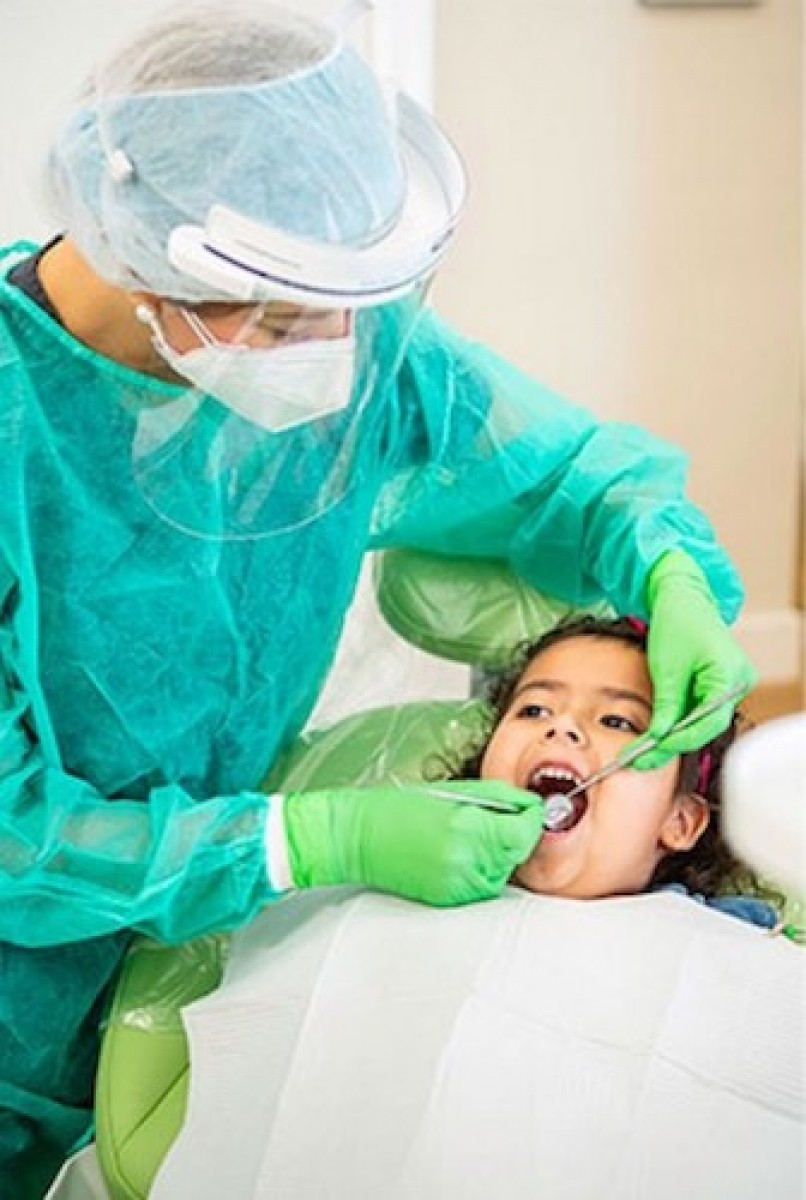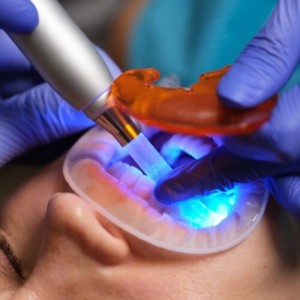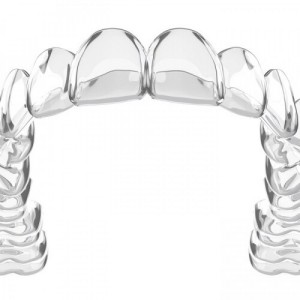
COVID and orthodontic products directly to the consumer: an American Journal survey
Davide Elsido
In the era of COVID, the use of remote work practices and therefore also remote medical consultation had a very strong impulse, due to the need to minimize the opportunities for contact.
Even in orthodontics this is leading to a change in the setting of treatments and controls. It is natural to imagine how clear aligners - which generally require less chair time and potentially less frequent check-ups - may be preferred by some patients over traditional fixed braces for this reason.
And what about the so-called orthodontic products directly to the consumer "DTCO" (direct to consumer orthodontic products)? An interesting study published in AJODO asked this question.
DTCOs is a concept that promotes delivering orthodontic treatment at a lowered cost and increased patient convenience. There are multiple companies that currently offer DTCO appliances in the United States, such as SmileDirectClub (Nashville, Tenn), Candid (New York, NY), Byte (Los Angeles, Calif), and others. DTCO companies ask customers to take impressions of their teeth at home or to get an intraoral scan by a technician at one of the company's stores. The digital models are then reviewed by technicians and/or dentists from a remote location, and clear aligners are then created and mailed along with instructions to the consumer. The customer then wears the aligners, typically without visiting an orthodontist or a dentist and without receiving direct supervision. DTCO appliances were introduced in the United States in the last decade. Since then, they have been rising in popularity among patients seeking a cost-effective, convenient method to address their malocclusions. For instance, SmileDirectClub, one of the most popular DTCO companies, was founded in 2014, and as of the current year, they reported treating upwards of 1 million patients. However, orthodontic organizations and dental boards have raised some concerns about pursuing treatment with DTCO products compared with trained orthodontists. Some of the proposed concerns were whether radiographs would be acquired for diagnostic purposes; whether a dentist or orthodontist would be involved in designing treatment, monitoring progress; and many others.
Traditionally, orthodontic treatment was only provided by trained dentists, but a recent shift in the market has allowed companies to promote and sell orthodontic aligners directly to the consumer. The robust marketing campaigns by DTCO companies have attracted many consumers seeking orthodontic treatment, despite concerns from dental organizations and dental boards. A similar trend has been observed in the medical field over the last 2 decades, with researchers voicing their concerns about the potential misleading or incomplete information provided to the consumer and its influence on patients’ decision making. The purpose of this population-based study was to try and understand how the general population of the United States may perceive DTCOs. Despite the alarming orthodontic market trends, there is a paucity of studies investigating the population's perceptions of DTCOs. Understanding how the market is reacting to DTCOs may be crucial to help organized dentistry understand the needs of the patients and identify aspects that may need to be addressed through awareness campaigns.
The majority of participants seemed to perceive DTCOs as a viable alternative for seeking orthodontic care. Convenience was perceived as the highest benefit for choosing DTCOs, whereas cost seemed to be the most salient concern with choosing a trained orthodontist.
Although participants had concerns about the COVID-19 pandemic, results showed that the pandemic might not significantly affect the preferences. Finally, orthodontists and their constituent organizations may consider more robust awareness and advocacy campaigns to educate the population about orthodontic treatment, the availability of payment plans and convenient approaches to treatment, and the benefits of pursuing treatment with a trained orthodontist.
For additional information: When convenience trumps quality of care: A population-based survey on direct to consumer orthodontics.
 Related articles
Related articles
Orthodontics 08 October 2025
The field of orthodontics in its new era is venturing ahead to more up-to-date technological point of view.
A systematic review was conducted to examine the evidence for the effectiveness and safety of corticotomy-facilitated orthodontics.
Orthodontics 08 September 2025
Records needed for orthodontic diagnosis and treatment planning: a systematic review
Traditionally, dental models, facial and intra-oral photographs and a set of two-dimensional radiographs are used for orthodontic diagnosis and treatment planning.
Orthodontics 25 August 2025
The aim of our study was to qualitatively and quantitatively synthesize the evidence regarding ways to improve motivation of oral hygiene among orthodontic patients
 Read more
Read more
Editorials 10 October 2025
With proud smiles and crisp white coats, ninety-three learners from the DDS Class of 2029 and the International Dentist Pathway Class of 2028 marked the start of their dental careers at the UCSF...
Periodontology 10 October 2025
Continuous professional development (CPD) in Periodontology refers to the overall framework of opportunities that facilitate a life-long learning practice, driven by the learner-practitioner and...
TheraBreath, the #1 alcohol-free mouthwash brand in the U.S.*, has introduced a new line of dentist-formulated, clinically tested toothpastes designed to support professional oral care...
News 10 October 2025
New officers and trustees were installed at the Minnesota Dental Association’s Leadership Conference on September 19 in Minneapolis.
News 10 October 2025
Smartee Denti-Technology today announced that Professor Gang Shen, its Chief Scientist and Executive President of TaiKang ByBo Dental, has once again been named to the World’s Top 2% Scientists...















